Mughal Empire
Babur (1526 – 1530)
- Mughal Empire was founded by Babar
- 1st battle of Panipat (21st April 1526)
- B/w Babur & Ibrahim Lodi
- Lodi was Killed
- Babur occupied Delhi
- Babar sent his son Humayu to seize Agra; & claimed himself “Emperor of Hindustan”.
- Battle of Khanua (Near Agra > 1527)
- Babur v/s Rana Sanga of Mewar
- Babur won the battle & assumed the title of Ghazi
- Babur wrote his memoirs in Tuzuk – i – Baburi in Turki language & died in 1530.
Humayu (1530 – 1540)
- Eldest son of Babur; means fortunate but was most unfortunate ruler of Mughal empire
- Gave Kabul & Kandhar to Kamran; Sambhal to Aksari & Alwar to Hindal (All 3 his brothers)
- Humayun > Busy fighting with Afgans (Sher khan / Sher shah) in east, got the news that Bahadur shah of Gujrat was advancing towards Delhi > Hence made treaty with Sher Shah.
- Humayu captured Gujrat from Bahadur shah & made Aksari its governor, but soon Bahadur shah recovered it from Aksari who fled from their
Battle of Chausa (1539)
- Between Humayu & Sher Shah
- Sher Shah destroyed Mughal army
- Humayu fled from there
Battle of Kannauj or Bilgram (1540)
- Between Humayu & Sher Shah
- Brothers’ dint supported Humayu, hence he fought alone.
- Humayu was thoroughly defeated by Sher shah.
- Result > Humayu became exile for next 15 years.
Sur interregnum (1540 – 1555)
- Founded by Sher Shah; became ruler of Delhi in 1540
- Formed 4 ministries for central administration viz.
- Diwan – i – Wazirat > Headed by Wazir (Incharge of finance & revenue)
- Diwan – i – Ariz > Headed by Military Incharge
- Diwan – i – Rasalat > Headed by Foreign minister.
- Diwan – i – Insha > Headed by Communication minister.
Administration
- Sher Shah empire was divided in 47 Sarkars with
- Chief Shiqdar to maintain law & order in each sarkar.
- Chief Munsif as Judge in each Sarkar
- Each Sarkar was divided into Parganas with each pargana consisted of
- Shiqdars > Military officer
- Amin > Land revenue officer
- Fotedar > Treasurer
- Karkuns > Accountant
Architecture
- Introduced new silver coins called ‘Dam’ which were in circulation till 1835.
- Laid foundation of 4 important highways & constituted rest houses alongside highways viz.
- Sonargaon to Sind
- Agra to Burhampur
- Jodhpur to Chittor
- Lahore to Multan
- Built a new city on banks of river Yamuna near Delhi (Purana quila & its mosque are remains of the same)
- Built Mausoleum at Sasaram > Considered one of the masterpiece of Indian Architecture
- Patronized Malik Muhammad Jayasi who wrote famous Hindi work Padmavat during his reign.
Humayun (1555 – 1556)
- Humayun defeated Afgans in 1555
- Died in 1556 after falling from the staircase of his library
Akbar (1556 – 1605)
- During 1st five years of Akbars reign, Bairam khan acted as his regent & consolidated Mughal empire
- 2nd battle of Panipat
- Between Akbar & Hemu (Commander of Afgans)
- Akbar emerged victorious with the help of Bairam Khan
- Akbar married Rajput princess Jodha, daughter of Raja Bhairomal of Amber
- This marriage became a turning point in the history of Mughals, as Rajputs supported them now
- Many Rajputs like Raja Man Singh & Raja Bhagwan Das were given senior position in Akbar’s court.
- Battle of Haldighati, 1576
- Between Akbar and Maharana Pratap of Mewar
- Mughals under the leadership of Raja Man Singh defeated Rana Pratap of Mewar
- Akbar was very tolerant towards religious policies > abolished pilgrim tax & later Jiziya
- He formed a strong alliance b/w Mughals & Rajputs which ensured peace in Rajasthan & Northern India
Akbars’ Religious Touch
- Early contact with Sufi saints
- Teachings from his teacher Abdul Latif
- His marriage with Rajput princess
- His association with intellectual giant like Shaikh Mubarak & his 2 sons – Abul Faizi & Abul Fazal
- After marrying Jodha Bai, he abolished pilgrimage tax & Jiziga
- Allowed his Hindu wife to worship her own God
- He was a pious Muslim in his early life but later became a skeptic one
- Constructed Ibadat Khana (house of worship where scholars from all religion meet to discuss religious policies) at his new capital Fatehpur sikri
- Invited learned scholars from all religions to discuss religious policies
- Disliked the interference of Muslim Ulemas in political matters
- In 1579, He issued infallibility decree & asserted his religious powers
- In 1582, he promulgated a new religion “Din – i – Ilahi” or divine faith in one God
- Din – i – Ilahi contained good points of all the religions & uphold no dogma
- Din – i – Ilahi mainly aimed to bridge gap b/w all religions (Only 15 followers joined including Birbal)
Akbars’ Land Revenue system
- Land revenue system of Akbar was known as Zabti / Bandobast system
- Further modified by Raja Todarmal, now known as Dahsala system which included
- Measurement of land
- Revenue fixed on average yield of last 10 years
- Land divided into four categories viz.
| Polaj | Cultivated every year |
| Parauti | Cultivated every 2 years |
| Chachar | Cultivated every 3 – 4 years |
| Banjar | Cultivated every 5 years |
Mansabdari system of Akbar
- Under this system, every officer was assigned a Rank (Mansab)
- Lowest officer got 10 coins & highest officers (Nobles) got 5000 coins for their services
- Includes all public services except Judiciary
- Ranks were divided into 2 categories, namely
- Zat > Described the personal status of a person
- Sawar > Number of cavalry man a person is required to maintain
Jahangir (1605 – 1627)
- Prince Salim succeeded the throne with the title Jahangir (Conqueror of the world)
- Witness rebellions from his son Khusaro, but was defeated & imprisoned
- Beheaded 5th Sikh Guru Arjun dev
- In 1611, Married Mehrunnisa (Nurjaha > Light of the world)
- Wrote his Autobiography > Tuzuk – i – Jahagiri
Shahjaha (1627 – 1658)
- Married Mumtaj (Banu Begum)
- Conquered Deccan (Bijapur & Golkunda and put it under the leadership of his son Aurangzeb)
- Later, Aurangzeb killed his 3 brothers & confined Shahjaha to female apartments in Agra fort.
- Though Aurangzeb never ill-treated Shahjaha
Aurangzeb (1658 – 1707)
- Assumed the title Alamgir (or World Conqueror)
- To contain Marathas (Shivaji), he attacked Golkunda & Bijapur (Deccan Shias)
- Though Aurangzeb defeated them, but it removed the only boundary b/w Marathas & Mughals
- According to JN Sarkar, Deccan ulcer ruined Aurangzeb
Religious Policies of Aurangzeb
- Very orthodox & staunch Muslim; tried to change India into an Islamic state.
- Created separate departments to enforce moral codes called ‘Muhtasib’.
- Prohibited drinking, cultivation & use of Bhang & drugs
- Forbid music in Mughal court, Dismissed royal astrologers & astronomers
- Discontinued practice of Jharoka darshan
- Discontinued celebration of Dussehra
- Destroyed Hindu temples & banned construction of them
- Reimposed Jiziya & pilgrimage tax (in 1679)
- Stopped celebration of Muharram (Not tolerant towards other Muslim sects)
- Was against Sikhs & executed 9th Sikh Guru Teg Bahadur, which resulted transformation of Sikhs into warring community
His religious policies turned Rajputs, Sikhs, Marathas, Jats & Satnamis against him & hence became the sole reason for decline of Mughal Empire
Personality & Character of Aurangzeb
- Very simple in dressing & food; Very disciplined & industrious
- Earned money for personal expenses by copying Quran & selling those copies
- Did not consume wine, learned & proficient in Arabic & Persian language
- Lover of books, strict follower of Islam
- Daily Namaz for 5 times & strictly observed Ramzan
- Overall, an orthodox Muslim intolerant to other religions
“After Aurangzeb’s death Nadir shah looted Delhi & imprisoned new Mughal emperor in 1739”
Architecture under Mughals
| Emperor | Monument | Place |
| Akbar | Agra fort using Red Stone | Agra |
| Panch Mahal – build on the pattern of a Buddhist Vihara | Fatehpur Sikri | |
| Jama masjid with gateway Buland Darwaza – On Gujrat’s victory | Fatehpur Sikri | |
| Humayu Tomb – Precursor of Tajmahal | Delhi | |
| Jahangir | Shalimar Bagh | Srinagar |
| Akbar’s Tomb | Sikandara near Agra | |
| Itimaddaulah Tomb (Pietra dura style by Nurjaha) | Agra | |
| Shahjaha | Red Fort | Delhi |
| Jama Masjid using Red stone | Delhi | |
| Moti Masjid | Agra | |
| Diwan – i – am | Under Red Fort (Delhi) | |
| Diwan – i – Khas | Under Red Fort (Delhi) | |
| Nishat Bagh (By Asif khan, Brother of Nurjaha) | Srinagar | |
| Aurangzeb | Pinjore Garden | Lahore |
| Moti Masjid with white marble | Delhi |
Painting & Music
- Akbarnama was the main theme of Mughal paintings
- Hamznama was the most important work of Mughals time consisting 1200 paintings
- Tansen (from Gwalior) was a great musician in Akbar’s court.
Literature
- Abul Fazal > Ain – i – Akbari, Akbarnama (Persian Language)
- Abul Faizi > Converted Mahabharata into Persian language (Leading poet of Akbar’s Court)
- Abdul Hamid Lahori > Padshah Nama (Shahjaha’s Court)
- Inayat Khan > Shahjaha Naha (Shahjaha’s Court)
- Dara Shikoh (Eldest son of Shahjaha) > Converted Bhagvat Gita & Upanishads into Persian
Trivia
- During 17th century, two new crops “Tobacco & Maize” were added
- Potato & Chili came later in 18th century.
- Ghee & oils were cheaper; Salts & sugar were more expensive.
For more updates, explore the Ancient India History. Feel free to share your thoughts and comments.
If you’re passionate about building a successful blogging website, check out this helpful guide at Coding Tag – How to Start a Successful Blog. It offers practical steps and expert tips to kickstart your blogging journey!
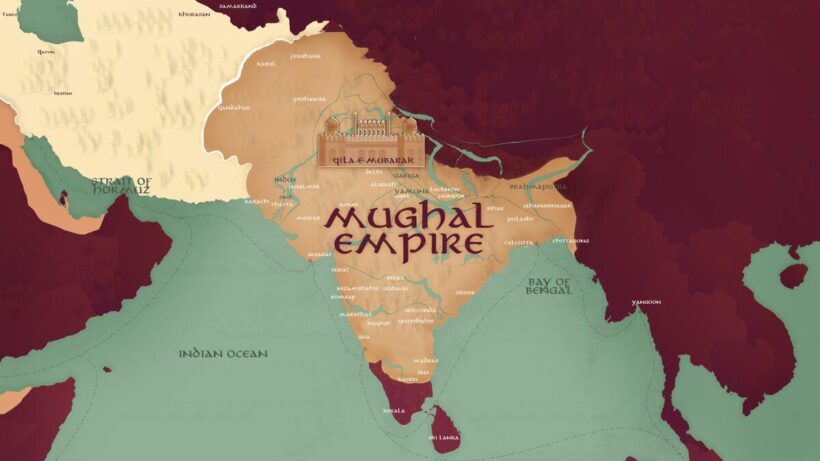



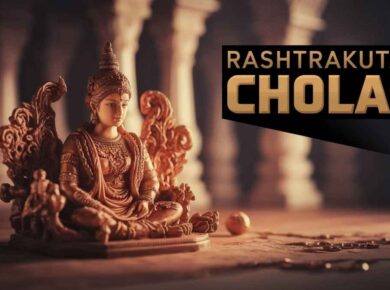
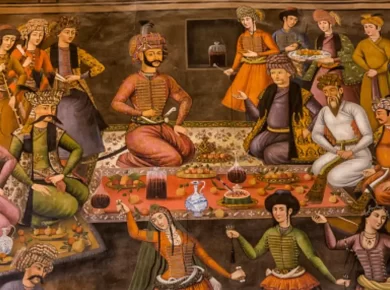
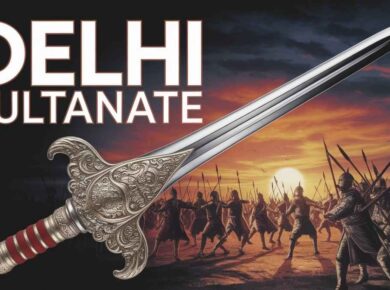

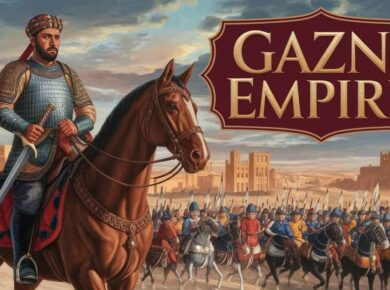
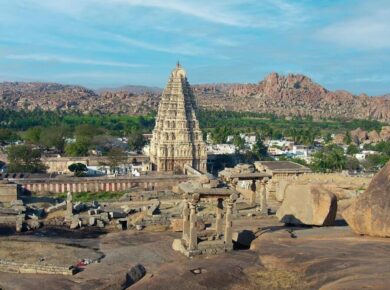
2 comments
thankyou very much to share the knowledge.
Very helpful. Only the required material is provided, hence, it saves a ton of time. Thanks a ton!!!!